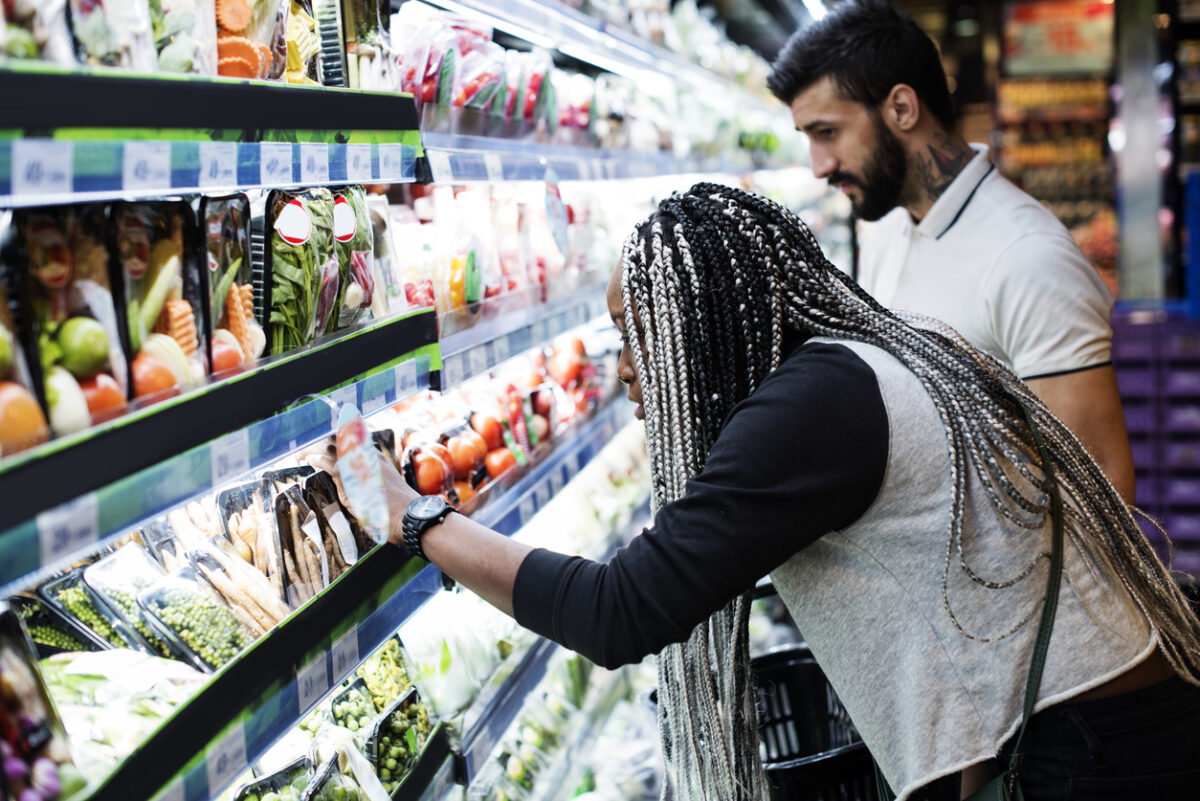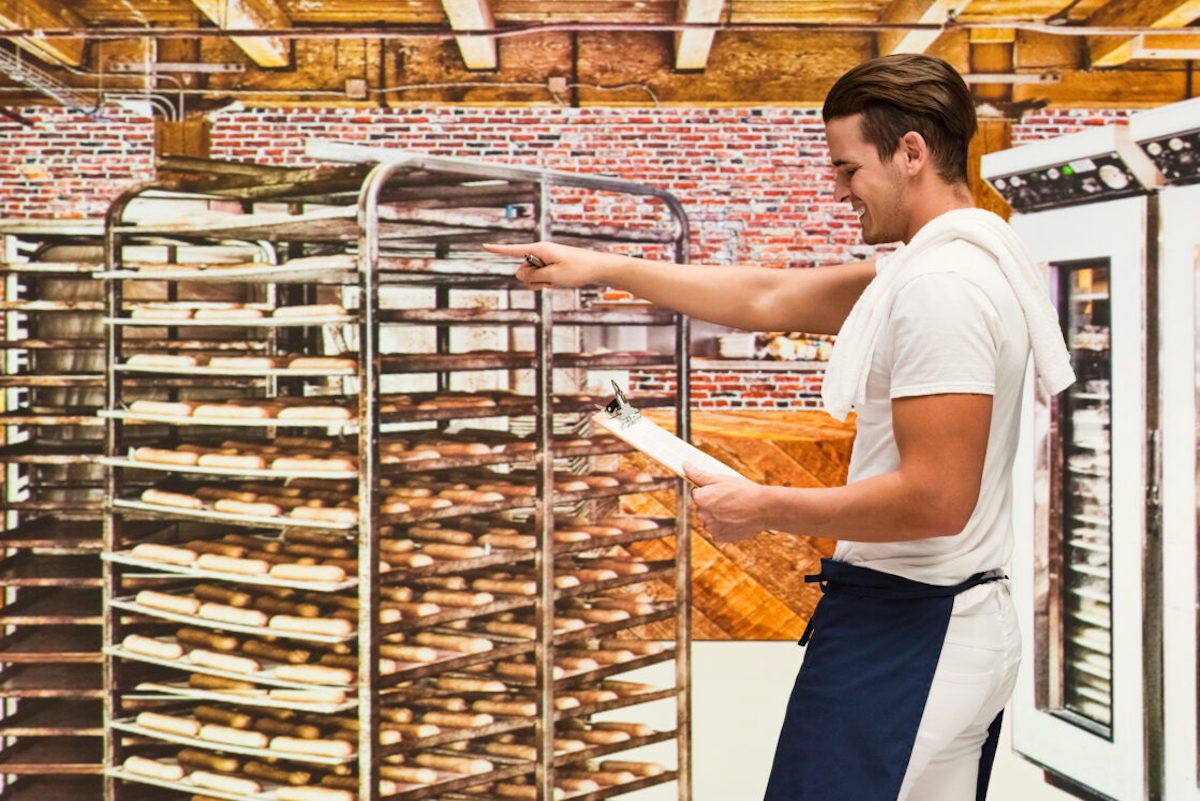Cost of living: soaring food prices and the products and supermarkets worst hit by inflation

If you’ve winced at the supermarket till recently, you’re not alone. Food prices are spiking for a smorgasbord of reasons and so is the price of everything else. The crisis over Covid has morphed into a crisis over the cost of living, and the rising price of food is not helping anyone.
Headlines were made by Which? when it released eye-popping data in May showing increases of household favourites like Kellogg’s Crunchy Nut corn flakes, mushrooms and Cathedral City cheddar all up by 21%. It found hundreds of other grocery items had increased by a similar amount, though it was only tracking prices over the last two years up until February 2022 – and prices are moving up sharply every month.
The rising prices of food staples
On 30 May the ONS released pricing statistics up to April 2022. It monitored the websites of Asda, Co-op, Iceland, Morrisons, Sainsbury’s, Tesco and Waitrose for 30 supermarket staples over the last 12 months, including fresh fruit and vegetables, cupboard staples, chilled products and meat and fish. It was watching the price of the cheapest version of the item on offer, e.g. the lowest priced version of a chicken breast in the shop. The rises are unappetising.
Pasta lovers look away – according to the ONS data the price of a pack of penne has shot up 50% over the last 12 months. Crisps (17%), bread (16%), minced beef (16%) and rice (15%) also saw double digit increases. So did frozen vegetables, squash, juice, biscuits and cereal, all up between 10% and 15%. For 10 items out of the 30, including squash, biscuits and frozen vegetables, the ONS said the price increased by more than 10% – and for five of those 10 items the lowest-cost price rose by 15% or more.
To put those heady rises into context, the price of a loaf of bread is rising twice as fast as the rate of inflation (7.8%).
In terms of cash rather than percentage rises, the ONS said the largest average price rises were for beef mince (up 32p to £2.34 for 500g) and chicken breast (up 28p to £3.50 for 600g). Pasta was up 17p and crisps and rice both increased by 12p. Individually they are small amounts, but for a typical trolley containing 50 products or so, the sudden uptick represents several pounds, not pence. And it shows no sign of slowing down.
Giving evidence to the Commons Treasury Committee in May, Andrew Bailey, the Governor of the Bank of England, said there is still a “major worry” over further rises in food prices due to the war in Ukraine. “It is a major worry for this country and a major worry for the developing world,” Mr Bailey said. “Sorry for being apocalyptic but [rising food prices] is a major concern.”
Boris Johnson disagreed with Bailey, describing his take as pessimistic, though when it comes to economic forecasting, few would argue Johnson has more experience in the field than Bailey.
Luxury food and drink items: spiking prices
Price rises aren’t just affecting staples. For customers with premium tastes, a bottle of champagne now costs £26.63, according to Nielsen, a price research company, rising by more than 6% (or £1.57) compared to 2021 – which in itself was a notable year, because the price of a standard bottle of champagne broke the £25 mark for the first time, costing an average of £25.06.
If you want some tasty smoked salmon to go with that, the price has also leapt up. Research company Mintec said it hit £7.90 per kg in March, an increase of 15% on December 2021, and naturally those pries are reflected on the supermarket shelf. But in the last two weeks the price has started to come back down after fed up fishmongers started to reject the steep wholesale prices and fish stocks started piling up.
Same price, smaller size
Brands are not immune to rising prices either, but they are loathe to put prices up, often preferring to shrink the size of the product instead – a practice known as shrinkflation.
Which? found several recent examples, like Walkers, which shrank its 24 bag multi-pack to 22 bags in Tesco, Asda and Morrisons last autumn but the price stayed the same. Persil non-bio washing powder went from 40 washes (2.6kg) to 37 washes (1.85kg) at Tesco, Asda and Morrisons early last year but the price stayed the same. And Nescafé Azera Americano decaff instant coffee shrank from 100g to 90g in Tesco in February this year but stayed priced at £5.49 – representing a price increase of 11%.
Whether it’s brands, own-label, champagne or the price of fish, no-one is safe from what appears to be an approaching global recession. It’s true that putting prices up is anathema to any supermarket CEO, the entire industry is based upon shifting immense volumes of product at the slimmest possible profit margins to keep customers coming back. Sir Jack Cohen, who founded Tesco in 1919, said his fundamental retail strategy was ‘pile it high, sell it cheap’. ‘Pile it high and sell it for a juicy profit’ has no more allure to price-conscious shoppers in 2022 than it did in 1919. Supermarkets will fight to preserve their hard-fought for price points.
Supermarket brands
But, like brands, they aren’t immune to the variety of pressures on input costs that take food from the field to the fork. Based on a two year analysis of a typical shopping trolley, at last count Morrisons experienced the highest inflation on its prices across two years at 4.1%, followed by Asda (4%), Tesco (3.5%), Aldi (3.2%), Sainsbury’s (3.1%), Lidl and Ocado (2.9%) and Waitrose (1.61%). Still, this order doesn’t reflect the traditional running order in terms of which supermarket is cheaper for shoppers.
That will likely always be either Aldi or Lidl. Then it will be Asda, followed by Tesco, Morrisons and Sainsbury’s, which will always cost around the same, and Waitrose will always be the most expensive.
Which? said in April 2021, a basket of 20 supermarket items cost £22.64 at Aldi, £22.76 at Lidl and £24.95 at Asda. The same basket cost £25.93 at Sainsbury’s, £26.09 at Morrisons, £26.09 at Tesco and £30.89 at Waitrose.
One year later, with the basket size reduced to 18 items, Which? said its most recent count showed the basket of items cost £25.92 at Lidl £25.92, £26.66 at Aldi, £28.46 at Asda, £30.73 at Sainsbury’s, £31.01 at Tesco, £31.19 at Morrisons and £35.06 at Waitrose.
So a typical full shopping basket, wherever a shopper fills it, will cost around a fiver more than it did last year. Scale that up to a trolleyfull and it’s approaching £20. And it’s likely to keep going up, says Richard Harrow, a partner at food retail consulting firm IPLC UK. “Own-label suppliers are reporting they are still seeing price pressure building,” he says. “Many are anticipating that shortages of commodities are continuing to push prices up with some reporting more concern about availability than price. Farm input costs such as fertiliser, energy, fuel and labour are pushing up the costs of many basic foods such as dairy. One major cheese supplier has said they anticipate a further 18-20% is coming down the line.”
Add that to the rising price of bread, and the ingredients to make a humble cheese sandwich will be costing 15-20% more than last year.
Lower prices
It’s not all bad news, however. Which? said groceries with the lowest rate of inflation included chocolate, fresh fruit, biscuits and vegetables. And the ONS said of its 30-strong basket, six of the 30 items went down in price, including potatoes (a 14% fall – a 2.5kg bag was down 12p to 75p), pizza (down 4%), chips ( down 3%) and sausages (down 3%).
But however you look at it, with the price of everything else steadily rising along with the price of food, shoppers can expect to be wincing at the till for a while to come.








